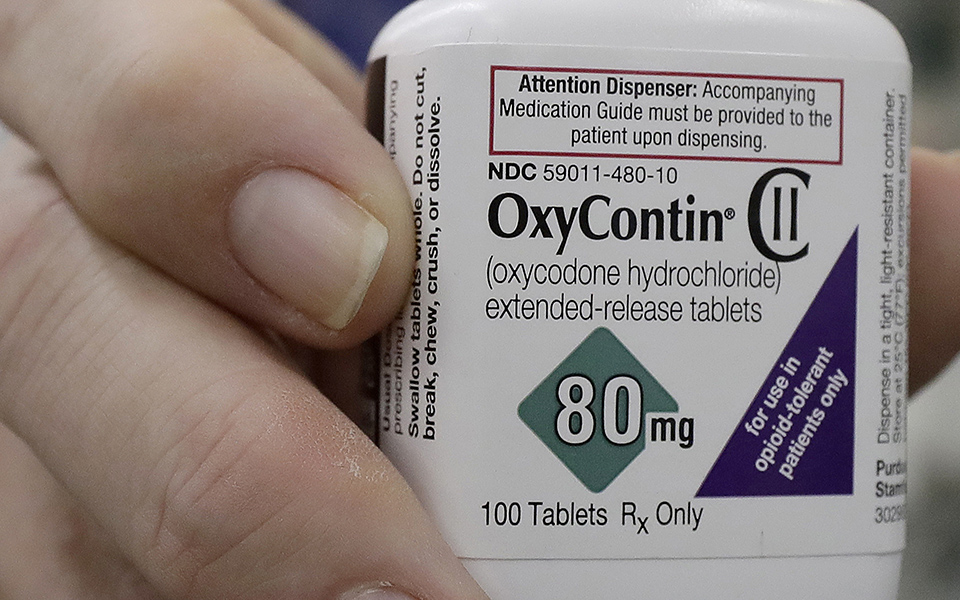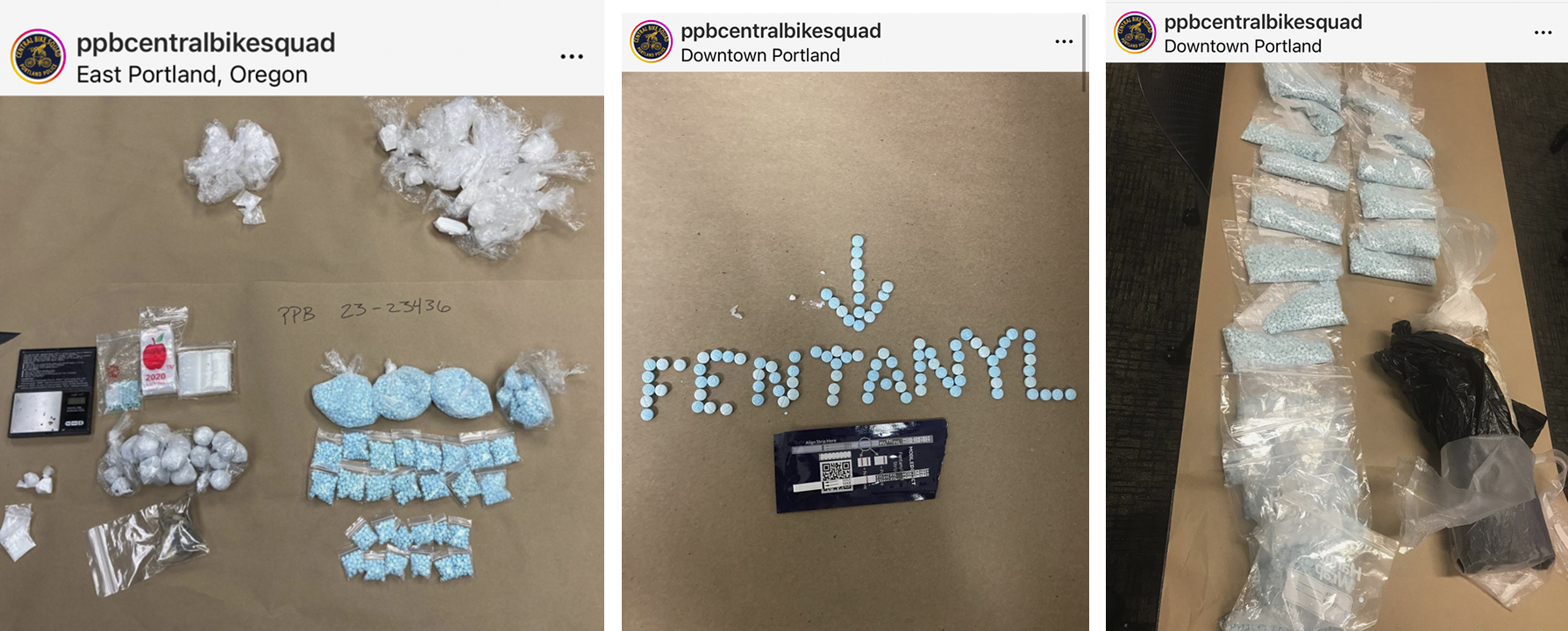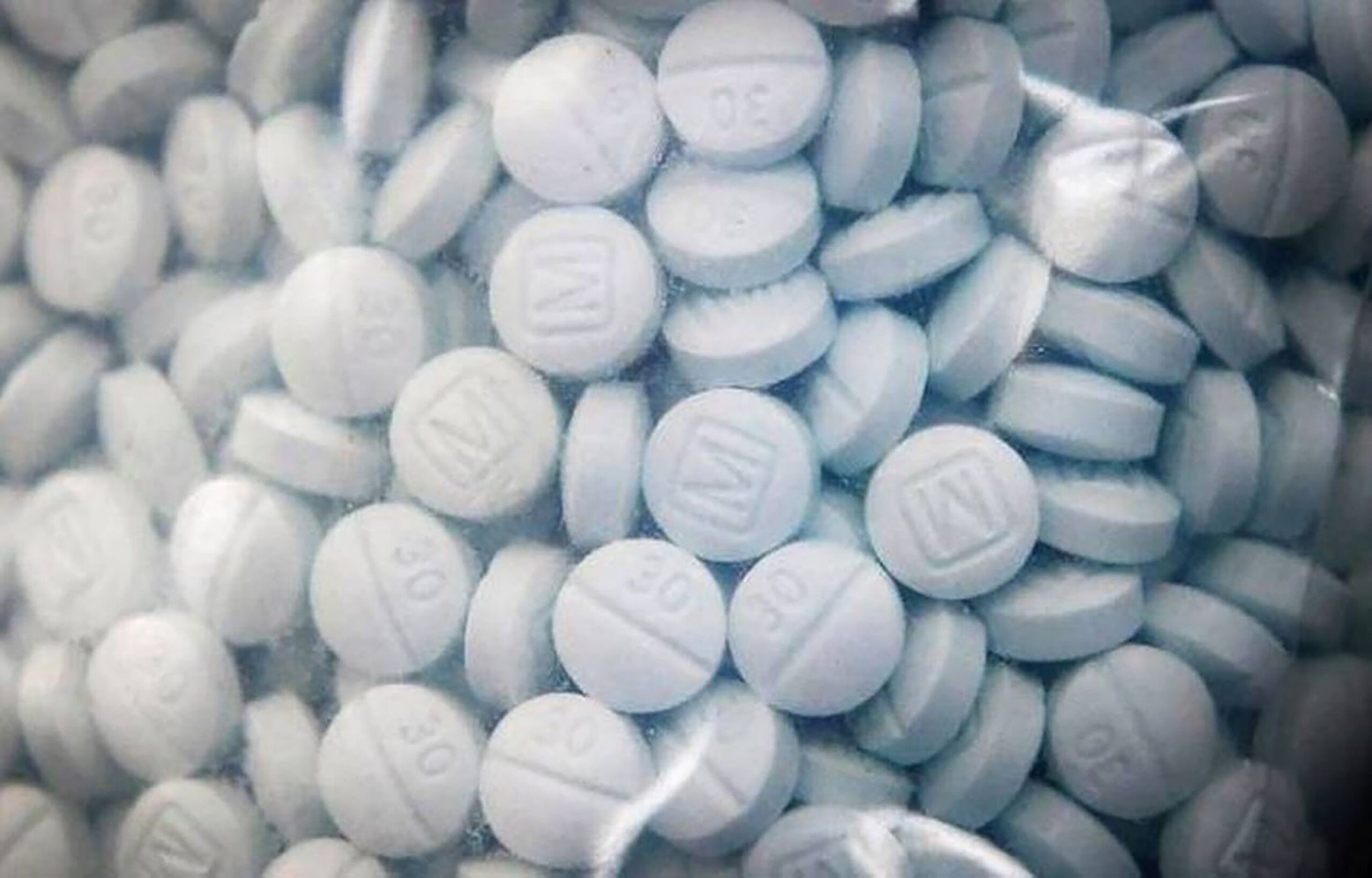By Charalampos Karouzos,
In recent years, the city of Portland has been grappling with a growing epidemic, provoked by fentanyl, a synthetic opioid that has wreaked havoc in a previously unseen extend for an illicit drug across the United States. The surge of fentanyl in Portland, the most populous city in Oregon, is attributed to its extreme potency, and the potential for widespread misuse is alarming for public health officials, as escalation into a full-scale pandemic appears as a quite plausible scenario. Hence, the state voted in November 2020 the unusual Measure 110 law, a novel approach to fight fentanyl by fining only $100 people caught with insignificant amounts of illicit fentanyl, aiming to target the large-scale dealers. However, as fentanyl related societal instability has invaded communities in the country, conflict and concern have been raised pursuing to identify a definite solution to the spread of the epidemic.
Initially, Fentanyl, the root of the crisis, belongs to the family of synthetic opioids, originally developed for medical use in the 1990s by Purdue Pharma named OxyContin. Since it received the official Food and Drug Administration (FDA) approval at the end of the 20th century, it has been utilized as a potent painkiller for severe pain management, particularly in cancer patients, a useful tool in doctors’ quiver. Although the intended use serves a significant purpose, nowadays illegal manufacturing from underground labs and distribution in the streets has made the drug a major substance circulating communities. To further complicate the topic, fentanyl is cheaper to produce than other opioids, making it attractive to drug traffickers seeking to maximize profits and consequently, it has flooded the illegal market becoming accessible to individuals seeking recreational drug use.

In addition, Fentanyl can have a devastating deadly outcome even in tiny amounts as a very potent stimulant, up to a hundred times stronger than morphine. Exacerbating the situation, chemical analysis of the fentanyl found in the streets has shown that the substance consumed by addicts is far from chemically pure, which is already dangerous but is often mixed with other drugs like heroin or cocaine, formulating a combination that significantly increases the risk of overdose and death. The clandestine nature of fentanyl production makes it impossible for users to determine the drug’s potency and purity, increasing the rate of fatal incidents over the total number of users. In fact, in downtown Portland, the center of the epidemic, Ms. Myrle, a coffee shop, and wine bar owner told the NYTs that “At four in the afternoon the streets can feel like dealer central.”
At the street level, previously an attractive area for businesses and residents, patrolling police units are not only charging users the $100 fine of the Measure 110 law but most importantly administer Narcan to treat lethal overdoses. Narcan functions as an antidote to fentanyl, blocking the opioid receptors in the brain that are overstimulated, a life-saving medication that must be followed by professional medical care to fully treat an overdose case. Another important issue that must be stressed relates to the fact that, first responders, law enforcement, and healthcare professionals all essential players on the frontlines of the crisis, are also at risk themselves when dealing with fentanyl overdoses, as even incidental exposure to the drug through skin contact or inhalation can lead to adverse effects.

Portland’s status as a major urban center and its strategic location on the West Coast make it a hub for drug trafficking and distribution and as fentanyl continues to infiltrate communities, its spread to neighboring cities and states is not only possible but probable or even already happening. A pandemic would not only strain local healthcare and law enforcement resources but could also have far-reaching consequences for the nation’s ongoing battle with opioid addiction. The rapid increase of fentanyl-related deaths could result in an unprecedented public health crisis with devastating impacts, even limiting access to patients in need of opioid medication. The primary catalyst of the epidemic seen today was the mid-1990s opioid crisis, however, there have been additional components formulating today when opioid overdose-related deaths are estimated to exceed one million at the end of the decade in the US and Canada if drastic measures are not to be taken.
Undoubtedly, the catastrophic outcome of the fentanyl epidemic has emphasized the need for immediate actions to be taken, since the crisis is developing into a chronic issue. Policymakers, healthcare professionals, law enforcement agencies, and community organizations must collaborate to implement comprehensive strategies that target the cartel chiefs and not simply the users, the victims of the public health crisis. Stricter surveillance and enforcement measures are essential to constrain the supply chain of illicit fentanyl, by targeting drug traffickers and dismantling illegal laboratories, reducing fentanyl’s presence on the streets. Further, raising awareness about the dangers of fentanyl may not have immediate effects on communities but over the years the reservoir of potential drug users will be decreased substantially. At the same time, ensuring access to evidence-based addiction treatment is vital to support individuals struggling with fentanyl addiction, with Naloxone (Narcan) distribution to first responders and community members in high-risk areas been identified as a measure that can save lives in the event of an overdose.
Portland’s fentanyl epidemic, being the epicenter of the crisis, is a grave concern that requires, apart from urgent attention, coordinated efforts to eventually succeed withdraw from the drug and prevent a pandemic. Although it is a subject of disagreement, addicts must not be targeted for the crisis, and currently better management mandates addressing the root causes of fentanyl abuse, enhancing prevention and treatment measures, and prioritizing public safety. The crisis handling can also provide us with data and reliable strategies to prevent other addictive-drug epidemics, thus cultivating a more prosperous future in which pharmaceutical drugs are only treating the ill and not wreaking havoc among communities and users.
References
- What led to the opioid crisis—and how to fix it. hsph.harvard.edu. Available here
- Fentanyl Awareness. dea.gov. Available here
- Fentanyl. cdc.gov. Available here
- Drug Overdose Death Rates. nida.nih.gov. Available here




